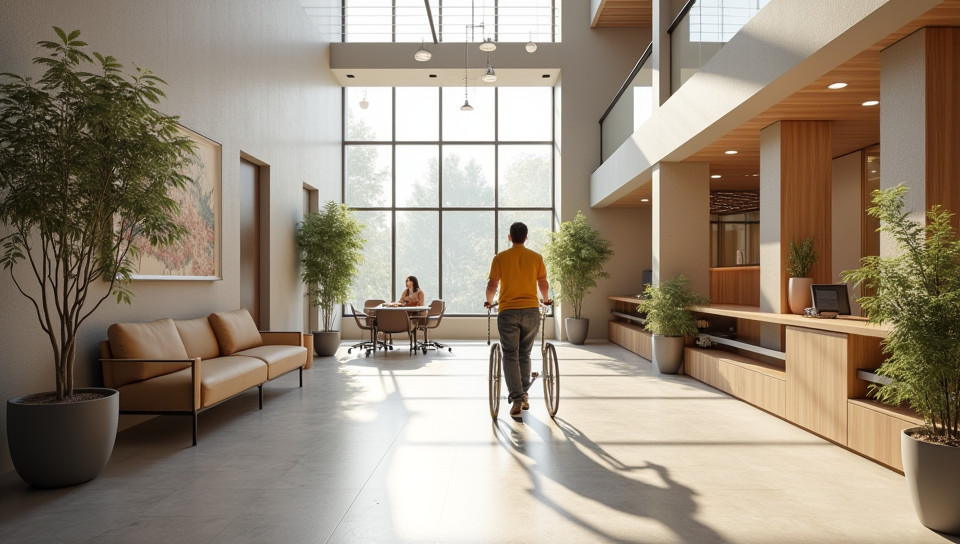Accessible design promotes equal use 92%

Accessible Design: The Key to Unlocking Equal Use
Imagine walking into a public restroom and struggling to operate the sink or toilet due to inadequate design. Or picture yourself trying to navigate a website that's cluttered with tiny fonts and complex menus, leading to frustration and disappointment. These scenarios highlight the importance of accessible design in promoting equal use for all individuals.
The Need for Accessible Design
As we become increasingly reliant on technology and public spaces, it's essential that these environments are designed to be inclusive and usable by everyone, regardless of age, ability, or disability. Accessible design goes beyond just meeting regulatory requirements; it's about creating spaces that respect and value diversity.
The Benefits of Accessible Design
- Improved user experience for individuals with disabilities
- Increased accessibility for older adults
- Enhanced brand reputation through inclusivity
- Compliance with regulations and standards (e.g., ADA, WCAG 2.1)
- Cost savings by avoiding costly redesigns or lawsuits
- Competitive advantage in the market
Principles of Accessible Design
Accessible design is not just about adding a few accessibility features; it's an approach that considers the needs of all users from the outset. Here are some key principles to keep in mind:
- Perceptible Information: Ensure that all information is presented clearly and consistently, using clear language, high contrast colors, and sufficient font sizes.
- Maneuverable Spaces: Design spaces with ample room for movement, considering factors like navigation paths, door widths, and furniture placement.
- Operable Elements: Make sure all controls and interfaces are easy to use, with simple gestures and intuitive interfaces.
Creating Accessible Designs
To create accessible designs, follow these best practices:
- Conduct user research and testing to identify accessibility gaps
- Collaborate with experts in accessibility and usability
- Use design tools that support accessibility features (e.g., color contrast analysis)
- Test your design regularly throughout the development process
Conclusion
Accessible design is not a nicety; it's a necessity. By prioritizing equal use, we can create environments that are inclusive, welcoming, and respectful of all individuals. As designers, developers, and decision-makers, it's our responsibility to ensure that accessibility is integrated into every aspect of our work. Only then can we truly say that our designs promote equal use for all.
- Created by: Angela Francisco
- Created at: Jan. 9, 2025, 11 a.m.
- ID: 17526

